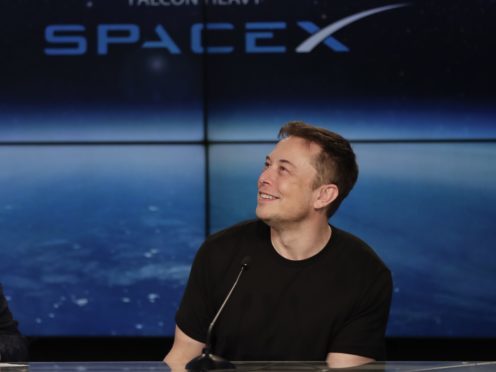SpaceX is on the verge of announcing the name of person who would be the first private passenger on a trip around the moon.
The identity of the traveller will be revealed at SpaceX headquarters in Hawthorne, California, during an event on Monday evening.
SpaceX gave no details of the flight, but said it would be “an important step toward enabling access for everyday people who dream of travelling to space.”
SpaceX has signed the world’s first private passenger to fly around the Moon aboard our BFR launch vehicle—an important step toward enabling access for everyday people who dream of traveling to space. Find out who’s flying and why on Monday, September 17. pic.twitter.com/64z4rygYhk
— SpaceX (@SpaceX) September 14, 2018
SpaceX founder and chief executive Elon Musk outlined a somewhat different mission last year.
Mr Musk said two people who know each other approached the company about a week-long flight to the moon and back.
He had said that the trip would happen this year and would not involve a landing, but rather a long loop around the moon. Musk did not name the clients last year or say how much they would pay.
Mr Musk said the pair had paid a “significant” deposit and were “entering this with their eyes open, knowing that there is some risk here”.

That original mission would have used a Falcon Heavy rocket — the most powerful rocket flying today — and a Dragon crew capsule similar to the one Nasa astronauts will use to fly to the International Space Station as early as next year.
The new SpaceX strategy is to still fly around the moon without landing, but use an even bigger rocket still in development that has its own dedicated passenger ship.
The rocket dubbed BFR has not been built so any flight presumably is at least several years away.
On its website, SpaceX is touting the “first passenger on lunar BFR mission”, implying there will be more moon trips.
Astronauts last visited the moon during Nasa’s Apollo programme. Twenty-four men flew to the moon from 1968 through 1972 and half of them made it to the lunar surface.
The space agency is planning its own lunar flyby with a crew around 2023.
It also aims to build a staffed gateway near the moon during the 2020s. The outpost would serve as a stepping-off point for the lunar surface, Mars and points beyond.
